Sample Images
Since the Canon XSi is targeted at the entry-level DSLR market, all sample images were shot with the XSi kit lens, the EF-S (crop-sensor only) 18-55mm f3.5-5.6 IS. This will likely be the way most buyers purchase the XSi and it seemed fairest to provide sample images shot only with this lens, much as most users will start with the XSi.
All images are full-size straight from the Canon XSi. They have not been cropped or processed in Canon software or Photoshop CS3, even though post-processing can definitely improve the impact of the images. Click on any of the smaller images below to view or save the original image.
Canon offers a very extensive line of lenses and all available EOS lenses should work on the XSi, including full-frame and crop-sensor EF-S lenses. Buyers can step up to better Canon optics, but the included images are typical of those that can be shot with the Image Stabilized kit lens.
The recent Canon release of the reasonably priced Image-Stabilized EF-S 55-250mm f4-5.6 lens will likely mean this IS pair will be offered in two-lens kits for the XSi in the future. With these two lenses Canon shooters can cover the 35mm equivalent of 29mm to 400mm with two small, light lenses that both feature Optical Image Stabilization for up to 4 stops of improvement for hand-held shooting in lower light. The new 55-250mm IS lens is now selling alone at a street price of $300 or less.
Note: Images are 3.1 to 7.5 MB in size.
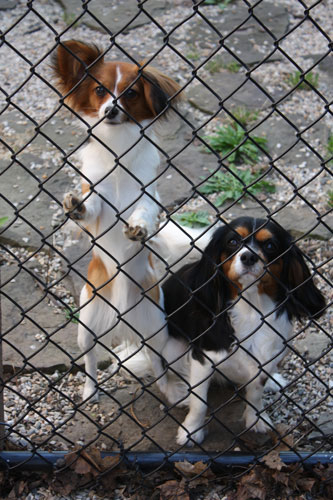
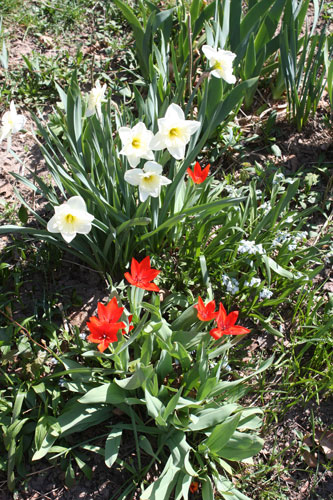


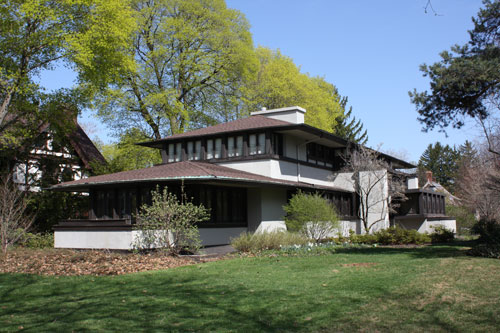

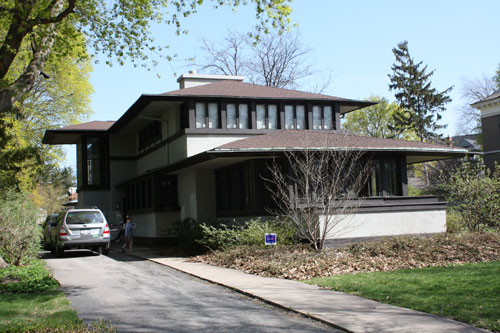


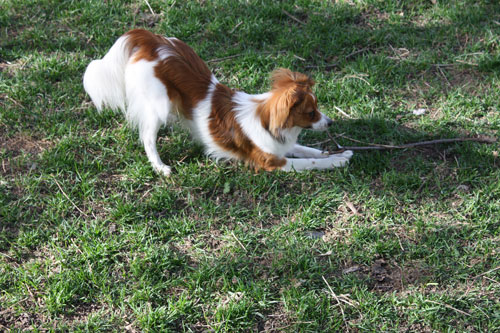

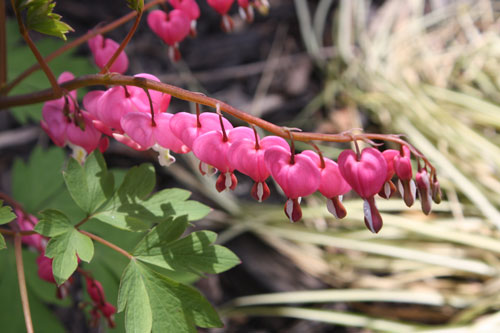










56 Comments
View All Comments
meanjean - Wednesday, September 3, 2008 - link
Anyone had trouble with memory cards not recording pictures because of being dislodged from contact points for some reason?thepieces - Saturday, May 10, 2008 - link
Cool review, but the samples are horrible. A little more effort than images from your back yard please :) Half of which are out of focusMidwayman - Friday, May 9, 2008 - link
"Early testing shows the new 18-55mm IS to be a superb lens with performance comparable to top-line Canon lenses."So you're saying the kit lens is up to L quality. Right.
Also that Nvidia test target you are using is really a pretty poor choice. Almost no fine detail. Noise is only have the story when comparing high iso. You also need to look at detail retention. The only thing that could possibly qualify is the TM. Alot of camera that appear to have low noise do it through destroying detail.
I know a couple other folks have mentioned the lighting. You're doing all this in a low light setting. What about outdoors? People take an awful lot of pictures outside. I know you complain about "studio lighting" but since you can't control outside conditions, at least you can bring the light level up to a reasonable level. For under a $100 you can pick up some work lights at home depot and a couple yards of white muslin to make a large softbox. Test shots are test shots and I'd rather see them at more normal exposures. (and then you can stop down to f8 to get max resolution)
m61376 - Friday, May 9, 2008 - link
I have been trying to decide between the D60 and the XSi for several days, reading everything I could find. The two stores I went to were very Nikon biased. This is one of the best comparative articles for a newbie to digital SLR, upgrading from a point and shoot.I appreciate the XSi comparison to the D60 rather than the D80. I think there are many people like me who are reticent to upgrade to the SLR's because of their size and the larger size and weight of the D80 and the like just take it out of consideration.
iamatrix - Friday, May 9, 2008 - link
Looking at samples from the D60 and Rebel, the D60 images at high ISO look better - better contrast, color rendition, and noise handeling. Canon suffers from high ISO chroma noise, which has been noted by dpreview time and time again, Nikon on the other hand has higher luminance noise. Chroma noise is much harder to deal with in the post processing stage and leaves a blotchy 'digital' look to high ISO images whereas the Nikon grain is more film like and easier to deal with using noise reduction software.Deadtrees - Thursday, May 8, 2008 - link
Though many reviewers and users have been complaining about Canon's yellowish WB under tungsten light, it is, in fact, Canon's policy to keep it that way.It's true that there're times when I want the pictures to look yellowish as it captures the mood of the scene such as in Cafe and restaurant. But at the same time, there're times when I want the pictures to look not yellowish at all.
Having said that, I understand where they're coming from and why they decide to keep it that way. However, it'd be much better if Canon, at least, gives two options in that situation: #1 for true to the eye, yellowish WB. #2 for absolute WB.
Sure, I get around with this 'problem' by having 3 slightly different tungten lighted gray card pictures in the memory card and using them accordingly. It pretty much solves the 'problem' but having that option built-in would be just better and eaiser.
I tried to find the link of the interview talking about this issue but failed. It was an interview done by a Japanese camera magazine with the president of Canon camera. If anyone has the link, providing would be more than greatful.
mikett - Wednesday, May 7, 2008 - link
I meant the shutterbox as the external construction is obvious.Wesley Fink - Wednesday, May 7, 2008 - link
Canon rates the 40D shutter for 100,000 actuations. We can not find a published spec for the XSi (450D) shutter, but it is presumably less than 100,000. The XSi shutter is more likely designed for 50,000 acttuations.punchkin - Wednesday, May 7, 2008 - link
You're talking out of your a**. There's no reason for such a claim.Wesley Fink - Thursday, May 8, 2008 - link
Actually there is a reason. As stated we could not find a spec for the rated shutter life of the XSi, but the 40D does have a specified rated life of 100,000. However a few other entry SLRs have a rated shutter life of 50,000 actuations, and we would expect the XSi to be competitive. That is an assumption and not a hard fact.The rated life for the Olympus E-3 is 150,000 shutter actuations and is specified, but many DSLRs do not specify a rated shutter life.